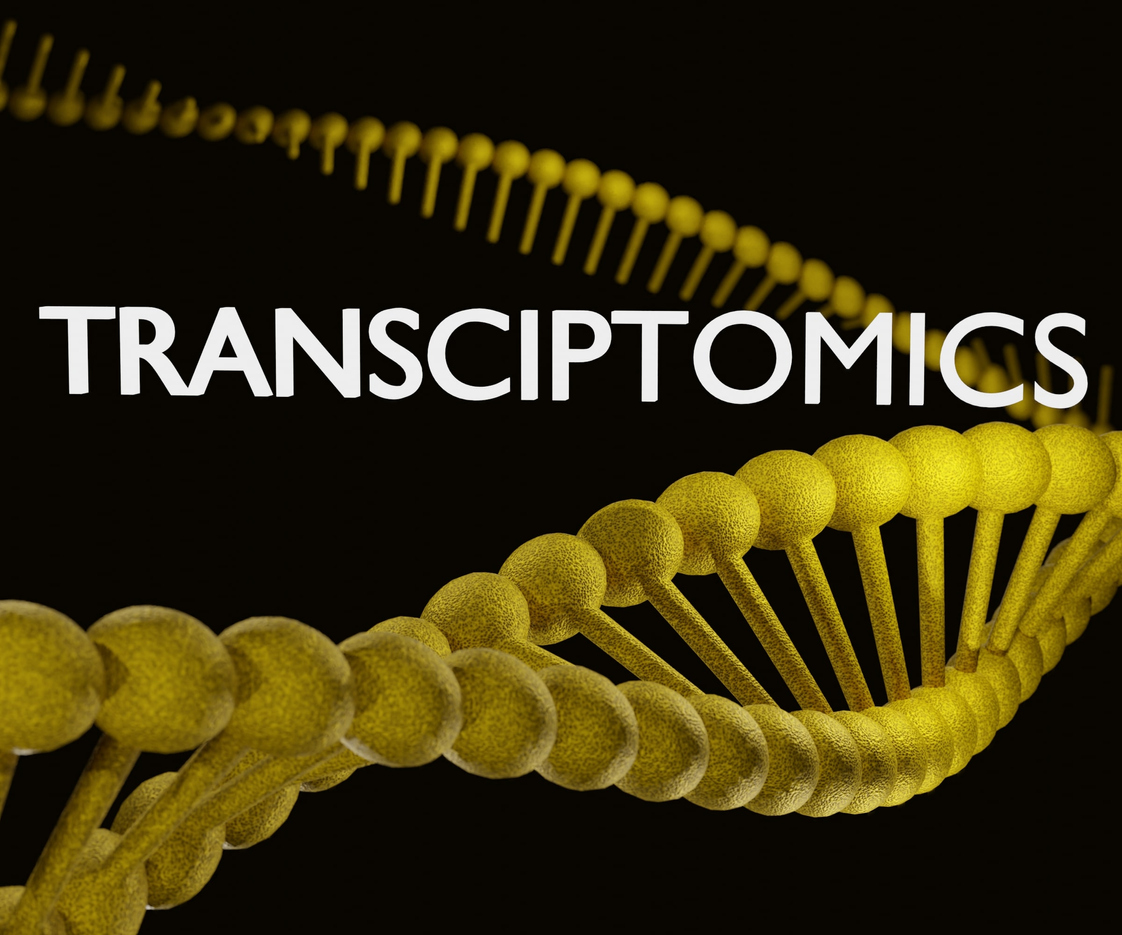
Researchers at the Massachusetts Institute of Technology (MIT) have made significant advancement in the study of cellular processes such as cancer progression and embryonic development. This innovative method utilizes Raman spectroscopy, a noninvasive imaging technique, to monitor RNA expression in cells over extended periods without causing harm, a capability previously unattainable with traditional RNA sequencing methods.
Traditionally, RNA sequencing has been the go-to method to understand a cell’s function at any given time. This process, however, destructs the cell, limiting the ability to study continuous changes in gene expression. MIT’s new approach circumvents this limitation. It employs Raman spectroscopy to noninvasively image cells, allowing repeated measurements over time. This technique has proven its efficacy in observing embryonic stem cells as they differentiate into various cell types across several days.
Peter So, a professor of biological and mechanical engineering at MIT and director of MIT’s Laser Biomedical Research Center, highlights the method’s potential for studying diverse biological processes and diseases. Koseki Kobayashi-Kirschvink, the lead author of the study, and a team of researchers, have detailed their findings in Nature Biotechnology.
Combining Raman Spectroscopy and Computational Models
Raman spectroscopy, though noninvasive, typically lacks the sensitivity to detect minute changes like individual RNA molecule levels. To overcome this, MIT’s team integrated this technique with machine learning. They trained a computational model to interpret Raman signals as RNA expression states, combining the strengths of single-cell RNA sequencing and Raman spectroscopy.
The research involved treating mouse fibroblast cells with factors to induce pluripotency, subsequently imaging these cells at multiple stages of differentiation. The team employed single-molecule fluorescence in situ hybridization (smFISH) to validate RNA molecules for specific genes, linking these data with Raman imaging and single-cell RNA sequencing. The culmination of this research is the Raman2RNA computational model, capable of predicting a cell’s entire genomic profile based on Raman imaging.
RELATED: 6 Promising RNA Biotech Companies To Watch in 2024
The Raman2RNA algorithm was tested on mouse embryonic stem cells, accurately tracking their differentiation into mature cell types. Beyond stem cell research, this technique shows promise for studying aging and cancerous cells. MIT researchers, including Jeon Woong Kang, an author of the study, foresee its potential for diagnostic applications in humans, given its noninvasive nature.
This research was supported by various institutions, including the Japan Society for the Promotion of Science, the Naito Foundation, and the U.S. National Institutes of Health, marking a collaborative effort in advancing biotechnological research.
News source: Noninvasive technique reveals how cells’ gene expression changes over time
Topics:
Emerging Technologies
- SEO Powered Content & PR Distribution. Get Amplified Today.
- PlatoData.Network Vertical Generative Ai. Empower Yourself. Access Here.
- PlatoAiStream. Web3 Intelligence. Knowledge Amplified. Access Here.
- PlatoESG. Carbon, CleanTech, Energy, Environment, Solar, Waste Management. Access Here.
- PlatoHealth. Biotech and Clinical Trials Intelligence. Access Here.
- Source: https://www.biopharmatrend.com/post/734-mit-unveils-breakthrough-technique-for-noninvasive-rna-expression-studies/
